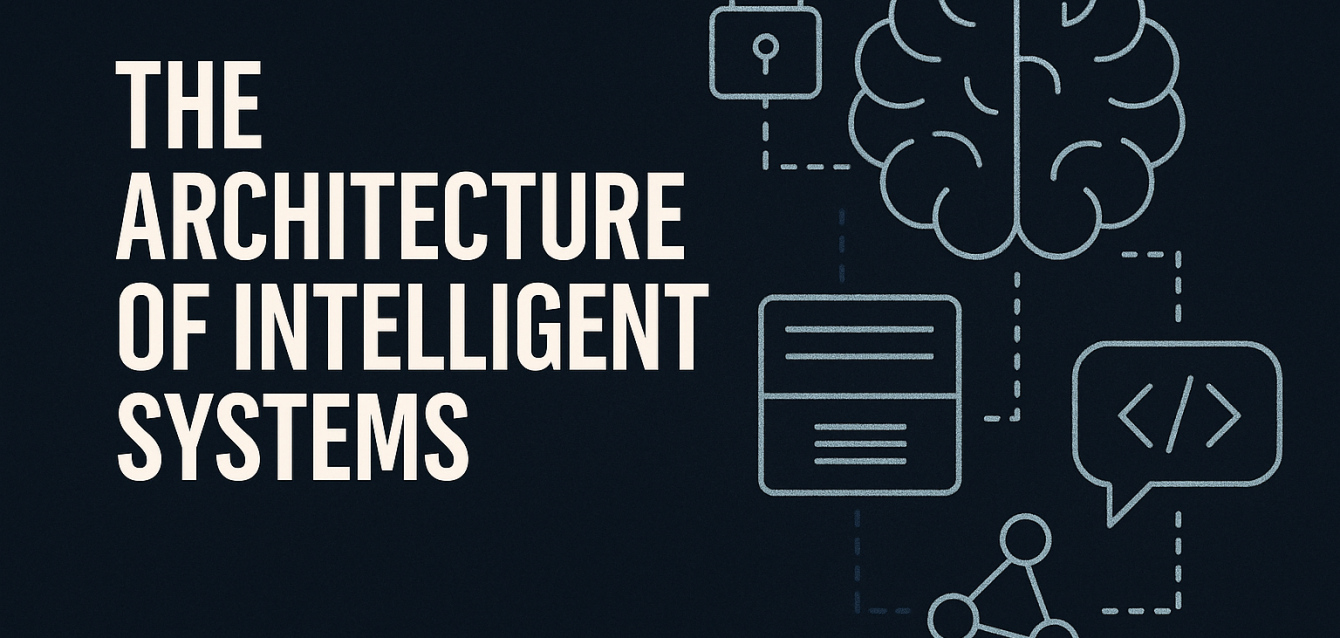The first thing we have to change is our conceptual understanding of interface.
We’re moving into a world beyond UI — one where systems no longer wait for clicks, inputs, or screens. The future is machine-to-machine, agent-to-agent, and that changes everything about how we build and design.
For decades, we’ve designed systems as if humans — with keyboards, mice, and eyes — would always be the primary users. Even companies building AI agents tend to replicate human behavior, automating the same pathways and workflows people once followed. But AI doesn’t need to navigate the world the way we do.
This is our opportunity to rethink the infrastructure entirely.
From APIs to Cognition Pathways
The architecture of intelligent systems starts with shared context — a common language that agents use to understand state, intent, and authority. You don’t just design APIs anymore; you design cognition pathways.
When systems can share context instead of just data, everything simplifies. Agents can self-coordinate, reason about dependencies, and execute without brittle orchestration. We could probably reduce the amount of code and infrastructure by 80% simply by designing for understanding rather than instruction.
Safety and Security Without Humans in the Loop
Of course, when you remove humans from the center, new risks emerge.
Safety and security can no longer rely on manual checkpoints or reviews — they must become part of the system’s core architecture.
That means designing intent boundaries, authority layers, and trust verification directly into your agent frameworks. In the same way humans authenticate each other through context and credentials, intelligent systems must constantly verify their environment and behavior.
Security becomes proactive — not a firewall, but a form of digital situational awareness.
The Future: From Code to Context
In a few years, software development will look less like writing functions and more like defining intent models — curating context, guardrails, and governance for autonomous systems.
Humans will still lead, but not by micromanaging every interaction. They’ll shape the rules of engagement and design the environments where agents safely act on their behalf.
If your systems still assume humans are the main users, it’s time to rethink your architecture.
The next leap isn’t about smarter models — it’s about intelligent infrastructure.




